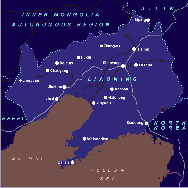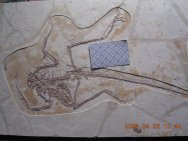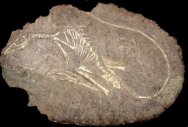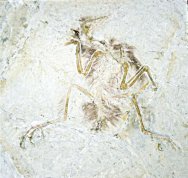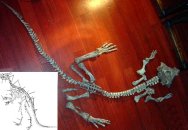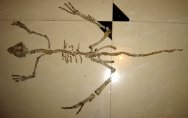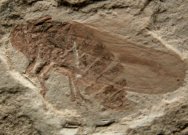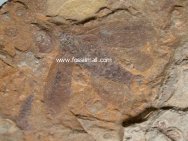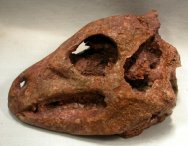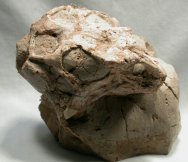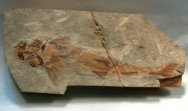The
Fabulous Chinese Fossils
Liaoning, Shangdong, Guangdong, GuangZhou, Ghuizhou,
Gansu and the Gobi Desert Inner Mongolia
|
|
|
|
||||||||||||||||||
|
Fossils of the Gobi Desert, Mongolia: Fossils in the Gobi desert of Mongolia were first discovered in the 1920's by scientists from the American Museum of Natural History who were looking for proof that Central Asia was the cradle of human evolution, but instead inadvertently discovered the vast dinosaur fossil deposits. The expeditions that ended in the late 1920's because of political turmoil, resumed in 1990. The vast area has been labeled a fossil Vallhalla, and indeed the dinosaur discoveries made there are astonishing. Particularly, the nests and eggs supported new ideas about how dinosaurs lived and nurtured their young. The fossils of the Gobi have also provided critical supportive information linking dinosaurs and their direct descendants, the birds. They have also yielded vast data regarding primate and human lineage owing to discoveries of a large diversity of Cretaceous placental mammals, the Eutheria; these diminutive and nocturnal creatures would mainly survive the forthcoming extinction of the dinosaurs and their ancestors would radiate to modern times. Oviraptors
come exclusively from the Late Cretaceous of Mongolia. Oviraptor
was discovered by Roy Chapman Andrews during a 1923 expedition
near a nest of what paleontologists first thought were Protoceratops.
However, an Oviraptor found crouched on a nest in 1993 supports
the theory that Oviraptor was a dutiful parent and probably
not deserving of its name, which means "egg stealer".
References: Chengjiang: Easily rivaling the famous Burgess Shale of Canada, the Chengjiang assemblage of diverse early Cambrian fossils is of paramount importance to paleontology. It is an exemplary lagerstatte with spectacularly preserved organisms including those with soft bodies. Chengjiang was accidentally discovered in 1984 near Chengjiang, in Yunnan Province, South China, and is part of the Qiongzhusi Formation belonging to the Qiongzhusi stage of the late Lower Cambrian. The biota with soft body parts occurs some 25 meters above the earliest trilobites of genus Parabadiella, allowing is temporal placement within the Cambrian. Like many lagerstatte, Chengjiang strata that are high in carbon suggest an aqueous environment having anoxic conditions and low bioturbation. Chengjiang contains an enormous diversity taxa, including algae, anemones, medusiform metazoans, chondrophorines, sponges, chancelloriids, priapulid worms, hyolithids, ectoprocts, inarticulate brachiopods, annelids, lobopodians, trilobites and other trilobite-like arthropods, hemichordates. More interesting are what are possibly some of the earliest chordates along with other forms that cannot definitely be assigned to any eatablished groups. |
||||||||||||||||||||

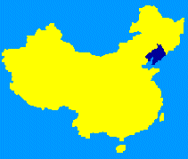 Liaoning
Province
Liaoning
Province